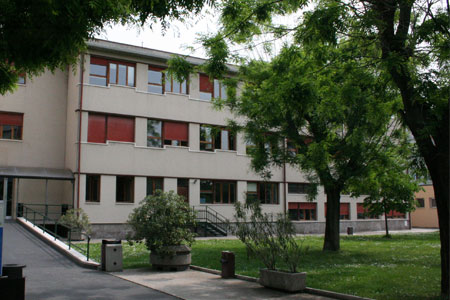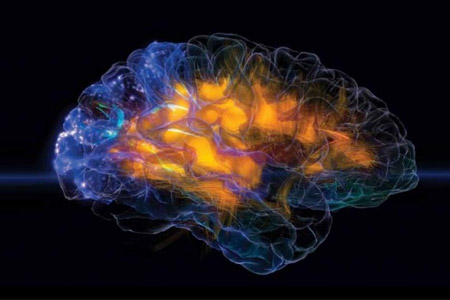- Authors:
-
Bossolasco, Patrizia; Cimini, Sara; Maderna, Emanuela; Bardelli, Donatella; Canafoglia, Laura; Cavallaro, Tiziana; Ricci, Martina; Silani, Vincenzo; Marucci, Gianluca; Rossi, Giacomina
- Title:
-
GRN-/- iPSC-derived cortical neurons recapitulate the pathological findings of both frontotemporal lobar degeneration and neuronal ceroidolipofuscinosis
- Year:
-
2022
- Type of item:
-
Articolo in Rivista
- Tipologia ANVUR:
- Articolo su rivista
- Language:
-
Inglese
- Format:
-
Elettronico
- Referee:
-
Sì
- Name of journal:
- NEUROBIOLOGY OF DISEASE
- ISSN of journal:
- 0969-9961
- N° Volume:
-
175
- Number or Folder:
-
105891
- :
- Academic Press Incorporated:6277 Sea Harbor Drive:Orlando, FL 32887:(800)543-9534, (407)345-4100, EMAIL: ap@acad.com, INTERNET: http://www.idealibrary.com, Fax: (407)352-3445
- Page numbers:
-
1-11
- Keyword:
-
Cortical neurons; Fingerprints; Frontotemporal lobar degeneration; Induced pluripotent stem cells; Lysosomes; Neuronal ceroidolipofuscinosis; Progranulin; TDP-43
- Short description of contents:
- Heterozygous mutations in the gene coding for progranulin (GRN) cause frontotemporal lobar degeneration (FTLD) while homozygous mutations are linked to neuronal ceroidolipofuscinosis (NCL). While both FTLD/NCL pathological hallmarks were mostly investigated in heterozygous GRN+/- brain tissue or iPSC-derived neurons, data from homozygous GRN-/- condition are scarce, being limited to a postmortem brain tissue from a single case. Indeed, homozygous GRN-/- is an extremely rare condition reported in very few cases. Our aim was to investigate pathological phenotypes associated to both FTLD and NCL in iPSC-derived cortical neurons from a GRN-/- patient affected by NCL. iPSCs were generated from peripheral blood of a GRN wt healthy donor and a GRN-/- patient and subsequently differentiated into cortical neurons. Several pathological changes were investigated, by means of immunocytochemical, biochemical and ultrastructural analyses. GRN-/- patient-derived cortical neurons displayed both TDP-43 and phospho-TDP-43 mislocalization, enlarged autofluorescent lysosomes and electron-dense vesicles containing storage material with granular, curvilinear and fingerprints profiles. In addition, different patterns in the expression of TDP-43, caspase 3 and cleaved caspase 3 were observed by biochemical analysis at different time points of cortical differentiation. At variance with previous findings, the present data highlight the existence of both FTLD- and NCL-linked pathological features in GRN-/- iPSC-derived cortical neurons from a NCL patient. They also suggest an evolution in the appearance of these features: firstly, FTLD-related TDP-43 alterations and initial NCL storage materials were detected; afterwards, mainly well-shaped NCL storage materials were present, while some FTLD features were not observed anymore.
- Web page:
-
https://doi.org/10.1016/j.nbd.2022.105891
- Product ID:
-
130215
- Handle IRIS:
-
11562/1078889
- Last Modified:
-
February 23, 2023
- Bibliographic citation:
-
Bossolasco, Patrizia; Cimini, Sara; Maderna, Emanuela; Bardelli, Donatella; Canafoglia, Laura; Cavallaro, Tiziana; Ricci, Martina; Silani, Vincenzo; Marucci, Gianluca; Rossi, Giacomina,
GRN-/- iPSC-derived cortical neurons recapitulate the pathological findings of both frontotemporal lobar degeneration and neuronal ceroidolipofuscinosis
«NEUROBIOLOGY OF DISEASE»
, vol.
175
, n.
105891
,
2022
,
pp. 1-11
Consulta la scheda completa presente nel
repository istituzionale della Ricerca di Ateneo 








